Smart Weapons Market Summary
As per MRFR analysis, the Smart Weapons Market Size was estimated at 18.91 USD Billion in 2024. The Smart Weapons industry is projected to grow from 19.85 USD Billion in 2025 to 32.34 USD Billion by 2035, exhibiting a compound annual growth rate (CAGR) of 5.0 during the forecast period 2025 - 2035.
Key Market Trends & Highlights
The Smart Weapons Market is poised for substantial growth driven by technological advancements and rising geopolitical tensions.
- North America remains the largest market for smart weapons, reflecting robust defense budgets and technological integration.
- The Asia-Pacific region is emerging as the fastest-growing market, fueled by increasing defense modernization efforts.
- Missiles dominate the market as the largest segment, while the munitions segment is experiencing rapid growth due to evolving warfare strategies.
- Technological advancements and rising geopolitical tensions are key drivers propelling the demand for precision warfare capabilities.
Market Size & Forecast
| 2024 Market Size | 18.91 (USD Billion) |
| 2035 Market Size | 32.34 (USD Billion) |
| CAGR (2025 - 2035) | 5.0% |
Major Players
Lockheed Martin (US), Raytheon Technologies (US), Northrop Grumman (US), BAE Systems (GB), General Dynamics (US), Thales Group (FR), Leonardo S.p.A. (IT), Rheinmetall AG (DE), Elbit Systems (IL), Saab AB (SE)
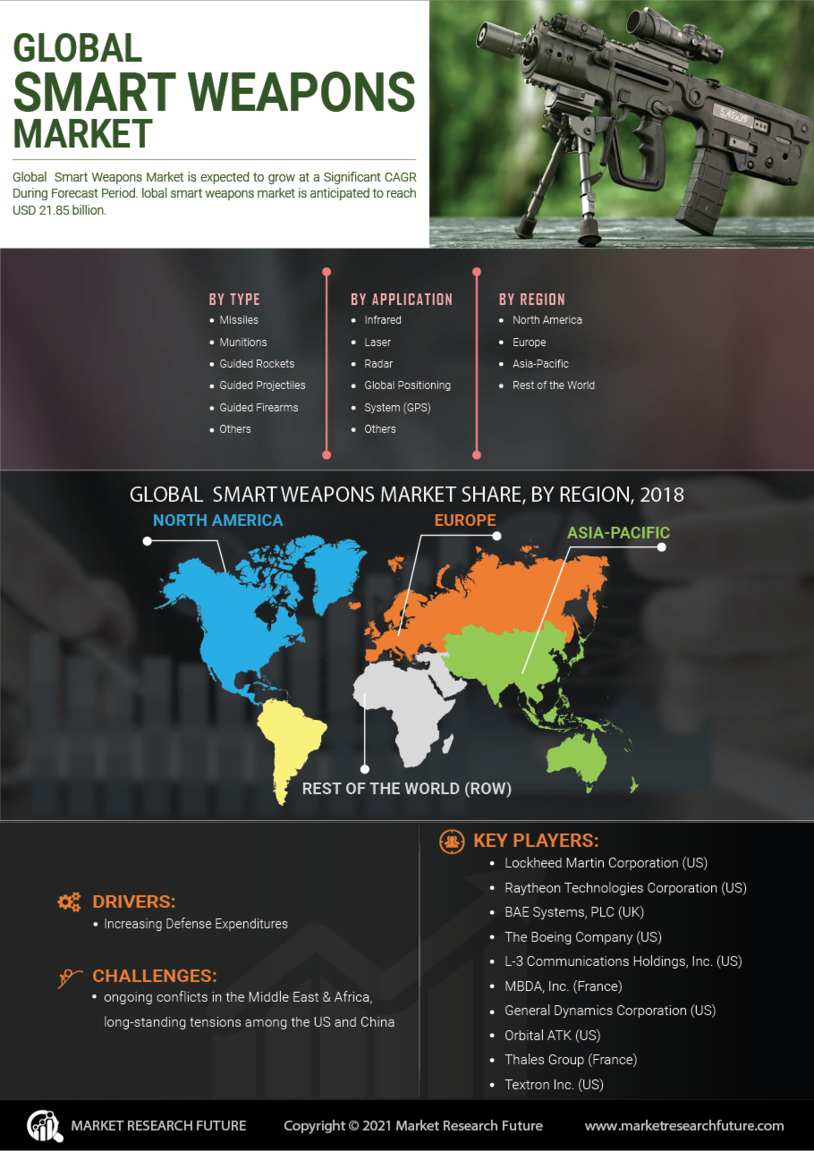

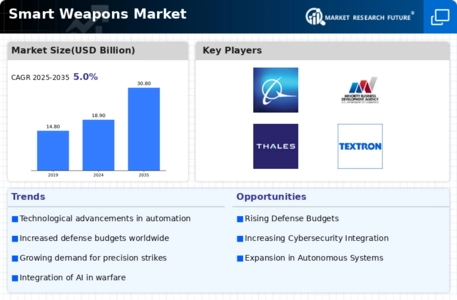


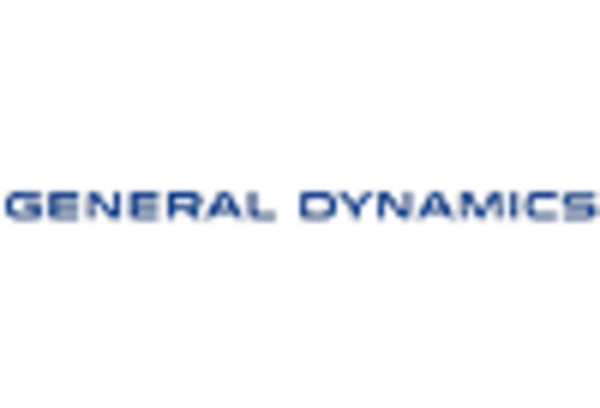
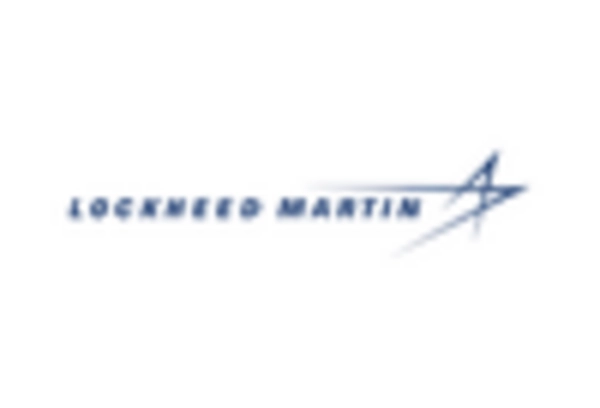
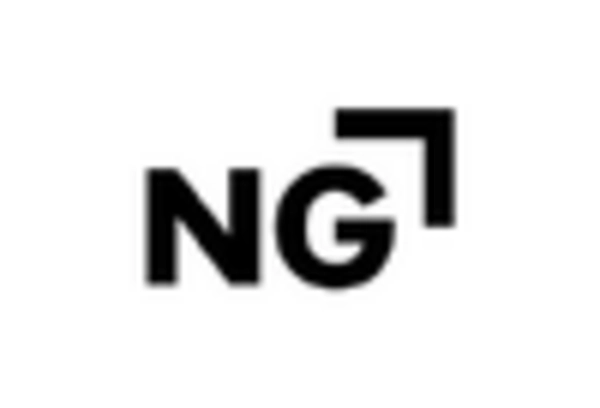
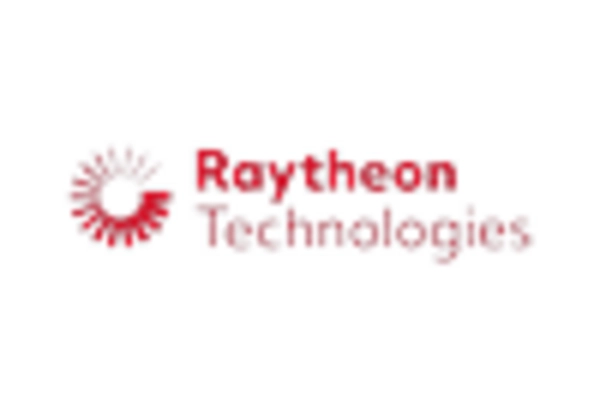









Leave a Comment